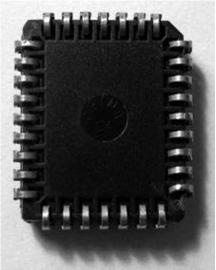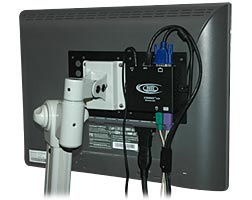type="html">
Many older listeners still have storage-boxes full of the magnetic tapes. If you have a collection of cassette tapes you would like to digitize and protect, you can import the audio into your PC. Both Windows Vista and Windows 7 include all of the software you need to record songs from your cassette tapes and store them as digital audio files on your computer.
1). Connect the audio cable to the "line out" port on the cassette deck or recorder. Connect the 3.5-mm end of the cable to the "Audio In" or "Line In" port on the computer. In many cases, the "Line In" port has a small blue ring around it that differentiates it from other audio ports on the computer.
2). Power on the cassette deck and insert the tape you want to record. Fast-forward or rewind the tape to the song you want to transfer the PC. Leave a second or two of silence before the music begins. Press the "Play" button and then immediately push the "Pause" button to stop play back.
3). Click the "Recording" tab in the "Sound" window. Click "Line In" and then "Set Default." Click "Properties" and the "Levels" tab. Use the mouse to adjust the volume slider and decrease or increase the recording volume. Click the "OK" button. Click "OK" again to close the "Sound" window.
4). Click "Start" and then "Control Panel." Once the main "Control Panel" window opens, click the "Sound" icon.
5). Click the "Start Recording" button in "Sound Recorder" and then immediately press the "Pause" button on the cassette deck to resume play back of the music. Allow the music to play on the deck while "Sound Recorder" records it in ".WMA" format on your PC. After the song finishes, click the "Stop Recording" button before the next song on the tape starts to play. Press the "Pause" button on the tape deck. Enter a file name for the audio track in the "Save As" window and click the "Save" button.
6). Record more songs from the cassette deck using "Sound Recorder." Save all of the audio tracks in the same folder as the first one.
7). Click "Start" and then "Computer." Navigate to the folder where you saved the recorded songs from the cassette deck. Open the folder and the press the "Ctrl" and "A" keys to highlight all of the files. Right-click on one of the highlighted files and click "Add to Windows Media Player list." Wait for Windows Media Player to launch and begin playing the first music file in the list, then click the "Stop" button on the player.
8). Click "Burn" at the top of the Windows Media Player window. Insert a blank CD into the optical drive of your PC when prompted and close the disc tray.
9). Click the "Start Burn" button to burn all the song files in the play list to the CD. Windows Media Player ejects the CD after it finished burning all the songs to the disc. The CD is now compatible with all CD players and media player applications.


















